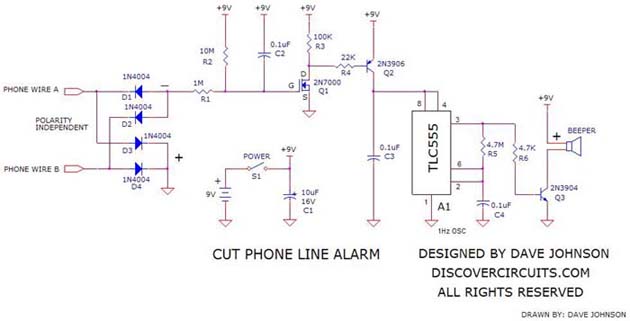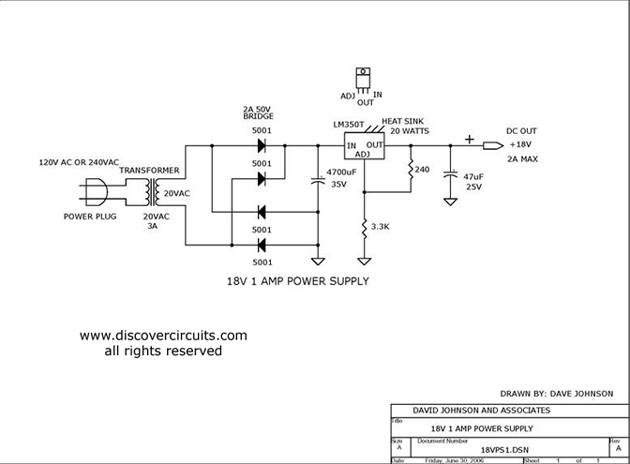The LM386 is a power amplifier designed for use in low voltage consumer applications. The gain is internally set to 20 to keep external part count low, but the addition of an external resistor and capacitor between pins 1 and 8 will increase the gain to any value from 20 to 200.
The inputs are ground referenced while the output automatically
biases to one-half the supply voltage. The quiescent
power drain is only 24 milliwatts when operating from a 6 volt
supply, making the LM386 ideal for battery operation.
Features
n Battery operation
n Minimum external parts
n Wide supply voltage range: 4V–12V or 5V–18V
n Low quiescent current drain: 4mA
n Voltage gains from 20 to 200
n Ground referenced input
n Self-centering output quiescent voltage
n Low distortion: 0.2% (AV = 20, VS = 6V, RL = 8W, PO =
125mW, f = 1kHz)
n Available in 8 pin MSOP package
biases to one-half the supply voltage. The quiescent
power drain is only 24 milliwatts when operating from a 6 volt
supply, making the LM386 ideal for battery operation.
Features
n Battery operation
n Minimum external parts
n Wide supply voltage range: 4V–12V or 5V–18V
n Low quiescent current drain: 4mA
n Voltage gains from 20 to 200
n Ground referenced input
n Self-centering output quiescent voltage
n Low distortion: 0.2% (AV = 20, VS = 6V, RL = 8W, PO =
125mW, f = 1kHz)
n Available in 8 pin MSOP package



